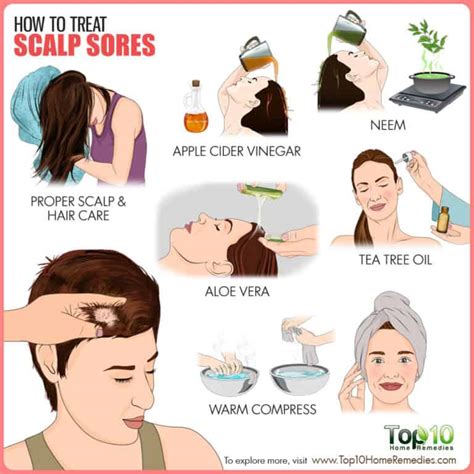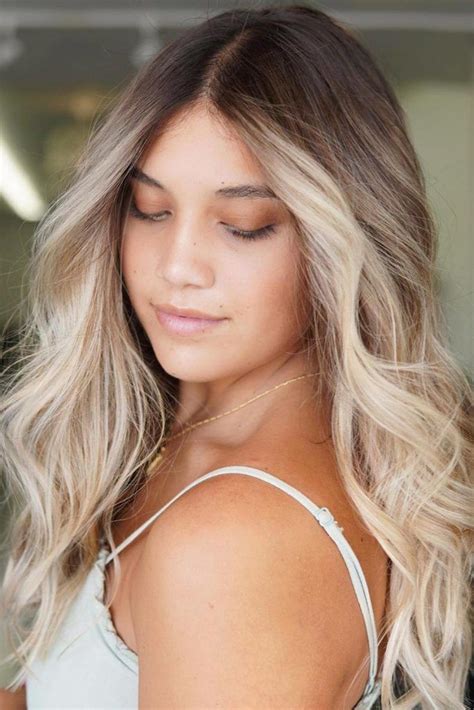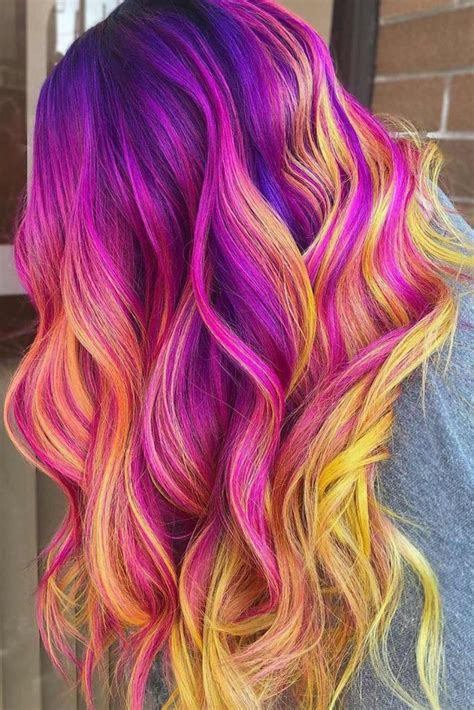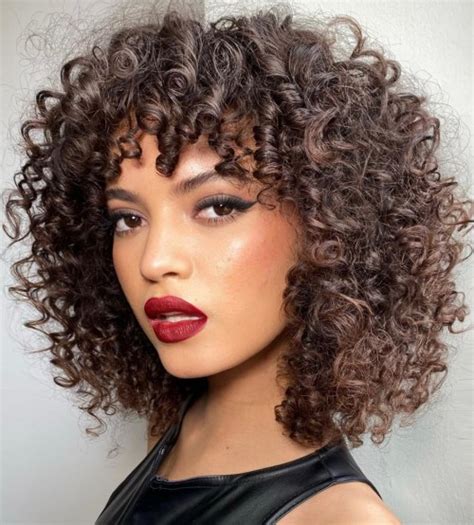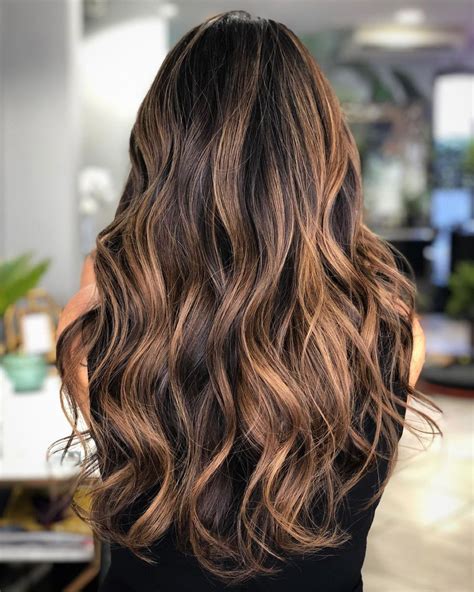Discover the causes of scalp pain, impact of hair products, and scalp hygiene tips to prevent tension headaches. Learn scalp massage techniques for relief.
Causes of Scalp Pain
Contents
Many people experience scalp pain at some point in their lives, and there are several potential causes. One common cause of scalp pain is tension headaches, which can be brought on by stress, poor posture, or eye strain. Another common cause is scalp inflammation, which can be the result of conditions such as psoriasis, eczema, or contact dermatitis.
In some cases, scalp pain may be due to the use of hair products that contain harsh chemicals or irritating ingredients. Additionally, tight hairstyles or hair accessories can also contribute to scalp pain by putting pressure on the scalp. Finally, underlying medical conditions such as migraines or neuralgia can also cause scalp pain.
It is important to pay attention to the causes of scalp pain in order to identify and address the underlying issues. Making simple changes, such as practicing good posture, using gentle hair products, and avoiding tight hairstyles, can help reduce scalp pain. Additionally, seeking medical attention for scalp inflammation or underlying medical conditions can provide relief and improve scalp health.
Impact of Hair Products
Using various hair products such as shampoos, conditioners, hair dyes, and styling gels can have a significant impact on the health of your scalp. Many of these products contain harsh chemicals and artificial fragrances that can cause irritation, dryness, and scalp pain. The chemicals in these products can strip the scalp of its natural oils, leading to dryness and flakiness. This can result in itchiness and discomfort, making the scalp sensitive to touch.
The artificial fragrances in hair products can also be a common cause of scalp pain. These fragrances are often made with synthetic compounds that can cause allergic reactions and skin irritation. Prolonged use of products with artificial fragrances can lead to chronic scalp pain and discomfort.
Frequent use of hair dyes and bleaching agents can also have a negative impact on the scalp. These products contain strong chemicals that can cause inflammation and irritation, leading to scalp pain. Additionally, the overuse of styling products such as gels and hairsprays can clog the hair follicles and lead to scalp pain and discomfort.
It is important to be mindful of the ingredients in the hair products you use and opt for natural and organic options whenever possible. Look for products that are free from harsh chemicals, artificial fragrances, and synthetic dyes. These products are gentler on the scalp and less likely to cause irritation and pain.
Preventing Tension Headaches
Are you constantly suffering from tension headaches that seem to start from your scalp? If so, you’re not alone. Tension headaches are a common affliction that can be triggered by a variety of factors, including stress, poor posture, and muscle tension. The good news is that there are several strategies you can use to prevent and reduce the frequency of these bothersome headaches.
First and foremost, it’s important to take regular breaks from activities that may be causing muscle tension in your scalp and neck. If you spend a lot of time hunched over a computer or sitting in a stationary position, make sure to stand up and stretch every hour or so to release tension in these areas. Incorporating regular exercise, particularly activities that focus on strengthening and stretching the neck and shoulder muscles, can also help to prevent tension headaches.
Another important factor in preventing tension headaches is maintaining good posture. Poor posture, such as slouching or holding your head in an awkward position, can place unnecessary strain on the muscles in your scalp and neck, and increase the likelihood of developing tension headaches. By making a conscious effort to sit and stand up straight, and practicing good posture habits, you can minimize the strain on your muscles and reduce the frequency of tension headaches.
In addition to these strategies, it’s important to manage stress effectively to prevent tension headaches. Practice relaxation techniques such as deep breathing, meditation, or yoga to reduce stress and muscle tension in the scalp and neck. Ensuring that you are getting adequate sleep and maintaining a healthy lifestyle can also be effective in preventing tension headaches. Lastly, pay attention to your diet and stay well-hydrated, as dehydration and certain food triggers can contribute to tension headaches.
By incorporating these preventative strategies into your daily routine, you can take proactive steps to reduce the frequency and severity of tension headaches that originate from your scalp. Remember that everyone’s triggers and remedies may vary, so it’s important to pay attention to your body and seek professional advice if necessary.
Scalp Massage Techniques
Scalp massage has been used for centuries as a method of promoting relaxation and reducing tension. It can also help to improve blood circulation to the scalp, which in turn can stimulate hair growth. To properly massage your scalp, start by using the pads of your fingers to gently knead the scalp in circular motions. Pay attention to areas where you may feel tension or pain, and spend a little extra time on those spots to help release the tension.
Another effective technique is to use your fingertips to gently pull and release sections of hair. This can help to further stimulate blood flow and can also feel incredibly relaxing. You can also experiment with using different oils or lotions during your scalp massage to help nourish the scalp and hair. Some people find that using essential oils like peppermint or lavender can help to further enhance the experience.
For an even more indulgent experience, consider using a scalp massager tool. These small, handheld tools have small, rounded tips that can be used to provide a deep, invigorating scalp massage. They are perfect for reaching those hard-to-reach spots and can be especially effective at helping to reduce tension and discomfort.
When it comes to how often you should massage your scalp, there is no hard and fast rule. Some people find that a daily scalp massage is incredibly beneficial, while others may opt for just a few times a week. Do what feels right for you and listen to your body – it will let you know if it needs some extra attention.
Maintaining Scalp Hygiene
Scalp hygiene plays a crucial role in overall hair health. Keeping the scalp clean and free from build-up can prevent scalp pain and discomfort. One of the most effective ways to maintain scalp hygiene is by regularly washing the hair and scalp with a gentle shampoo. Use a mild shampoo that is free from harsh chemicals and sulfates, as these can strip the scalp of its natural oils and lead to irritation.
It is also important to avoid over-washing the hair, as this can lead to excessive dryness and potential scalp pain. Aim to wash the hair no more than every other day, or as needed based on your hair type and activity level.
In addition to regular washing, exfoliating the scalp can help maintain scalp hygiene. Use a gentle scalp scrub or brush to remove dead skin cells and product build-up from the scalp. This can also promote healthy hair growth and reduce the likelihood of scalp pain.
Another important aspect of maintaining scalp hygiene is to protect the scalp from environmental pollutants and UV exposure. Wearing a hat or applying a scalp sunscreen can shield the scalp from damaging elements and maintain its overall health.
Furthermore, paying attention to scalp nutrition is key in maintaining scalp hygiene. Eating a balanced diet rich in vitamins and minerals, staying hydrated, and using scalp-friendly hair products can all contribute to a healthy scalp and prevent scalp pain.

